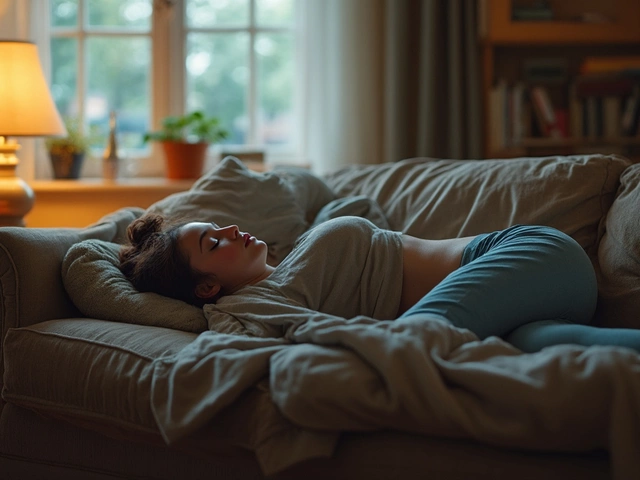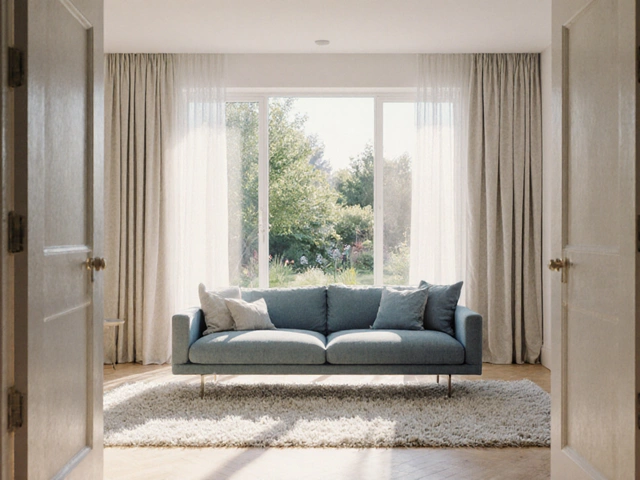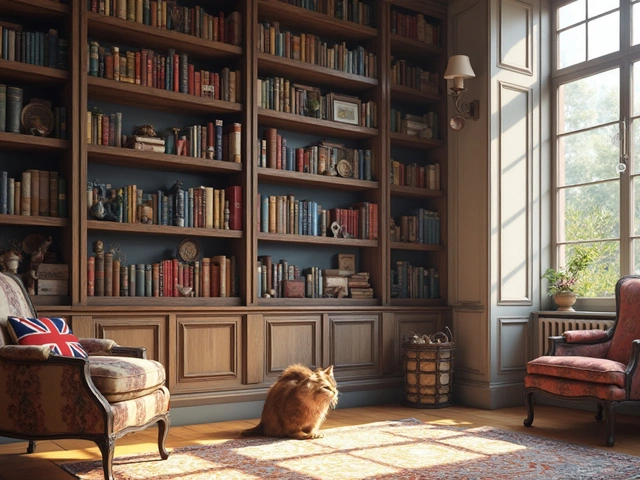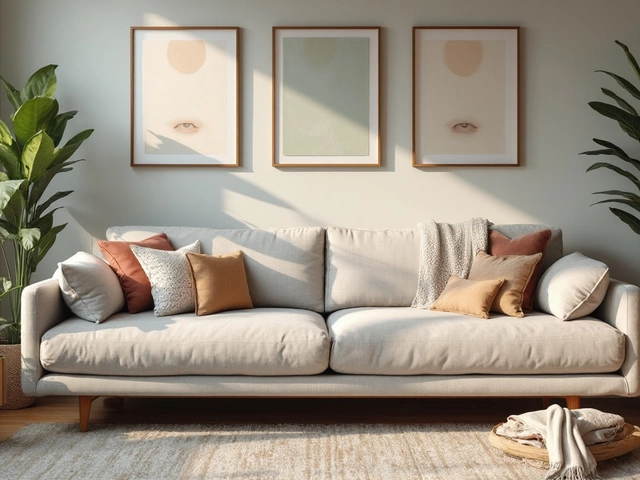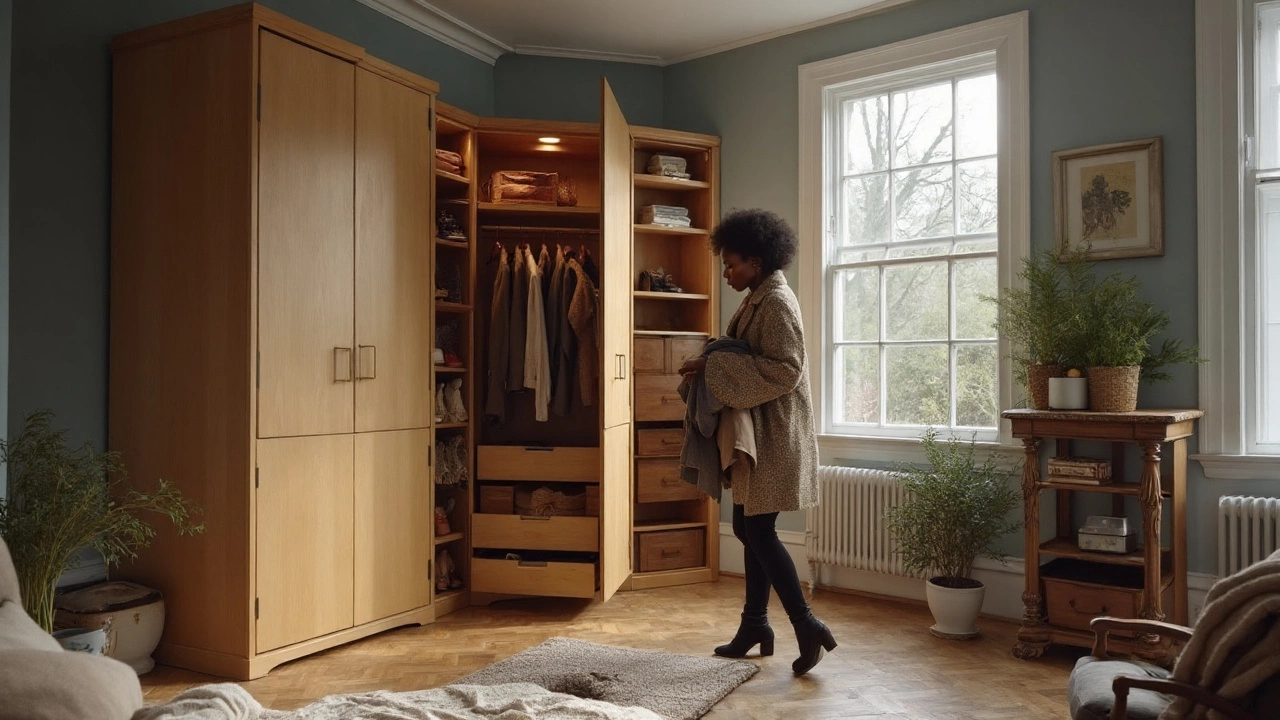
Wardrobe vs Armoire: Differences, Dimensions, and How to Choose
Wardrobe vs armoire explained: size, style, storage, and use. See what fits your room, how to measure, and how to choose the right piece for 2025.
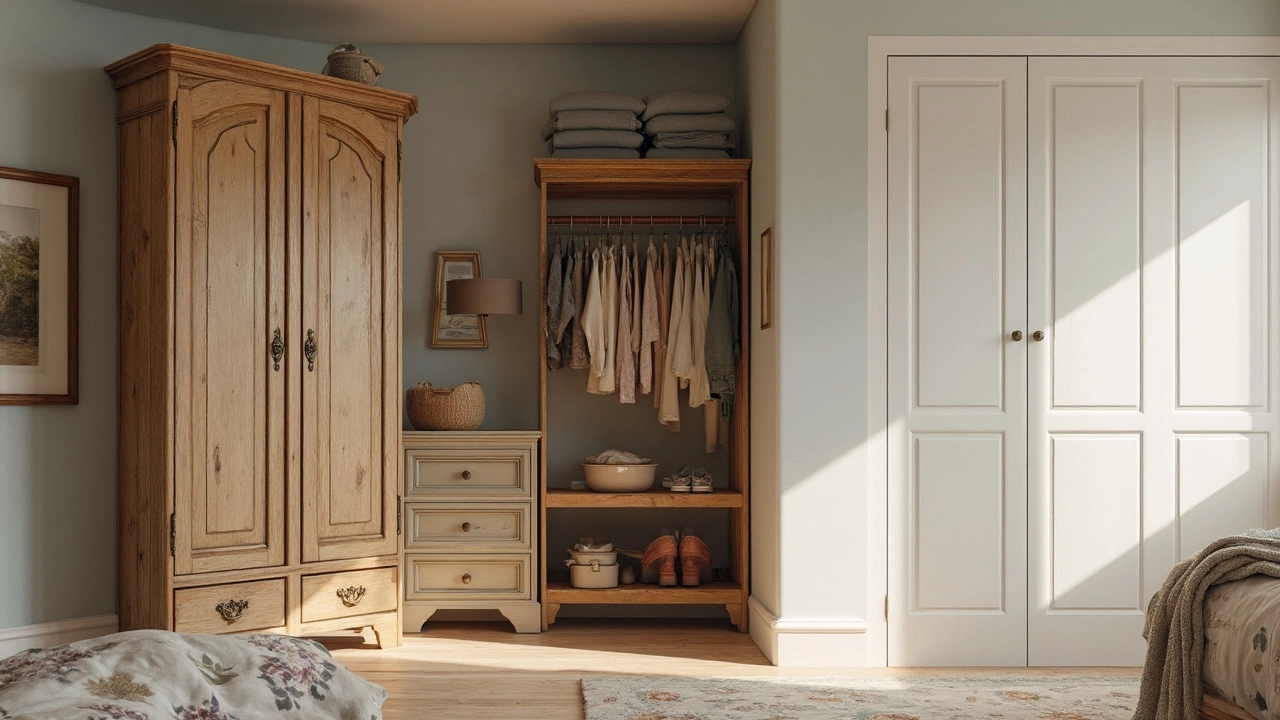
Wardrobe vs Closet: Differences, Benefits, and Which One Fits Your Space
Ever wondered what's the real difference between a wardrobe and a closet? This article breaks down not just the basic definitions but also the unique benefits, quirks, and ideal uses for both storage options. From their origins to practical tips for maximizing space, you'll see which fits your specific needs best—whether you're planning a new home or just sick of tripping over shoes in your bedroom. Get the facts plus some clever organization advice to help you make the best choice for your home. It's all from someone who's navigated tiny Auckland bedrooms and larger Kiwi homes alike.
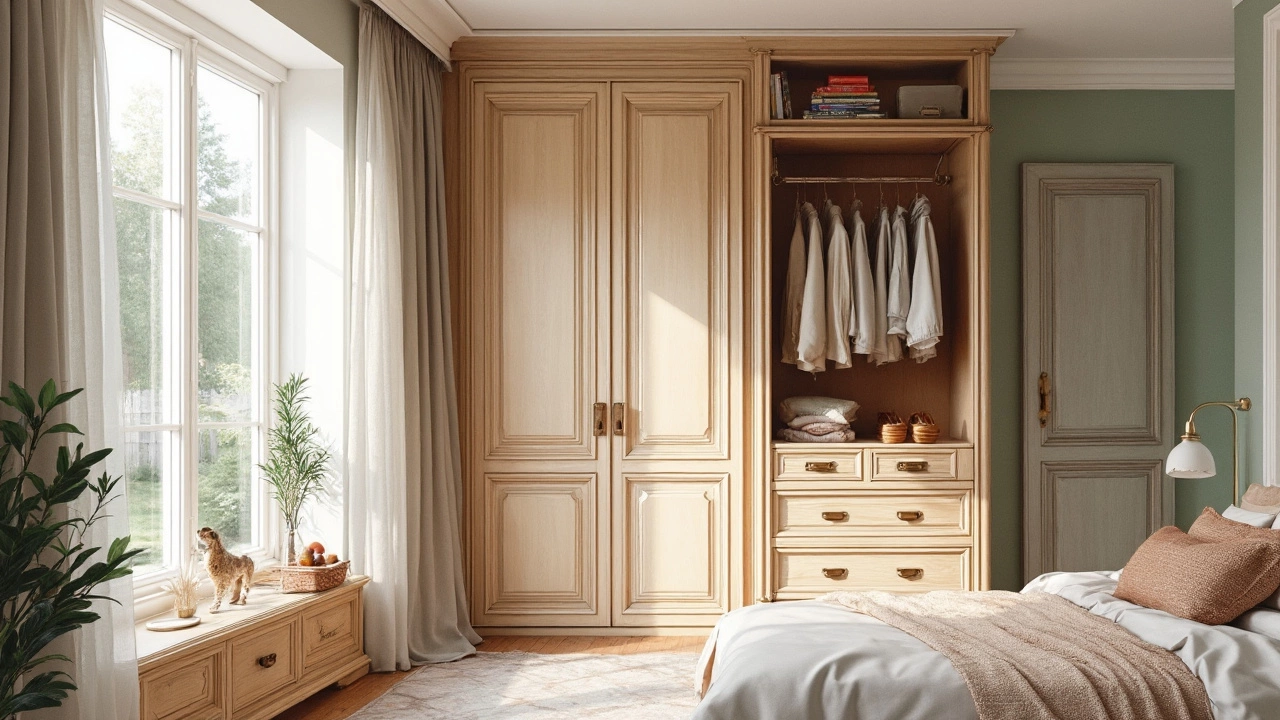
What Makes a Wardrobe a Wardrobe?
Ever wondered what makes a wardrobe more than just a box for your clothes? It's about more than just hanging space—consider factors like the type of doors, internal compartments, and its adaptability to your lifestyle. By choosing the right wardrobe, you not only improve your room's aesthetics but also make organizing a breeze. Get to know how versatile storage options can transform your daily routine.
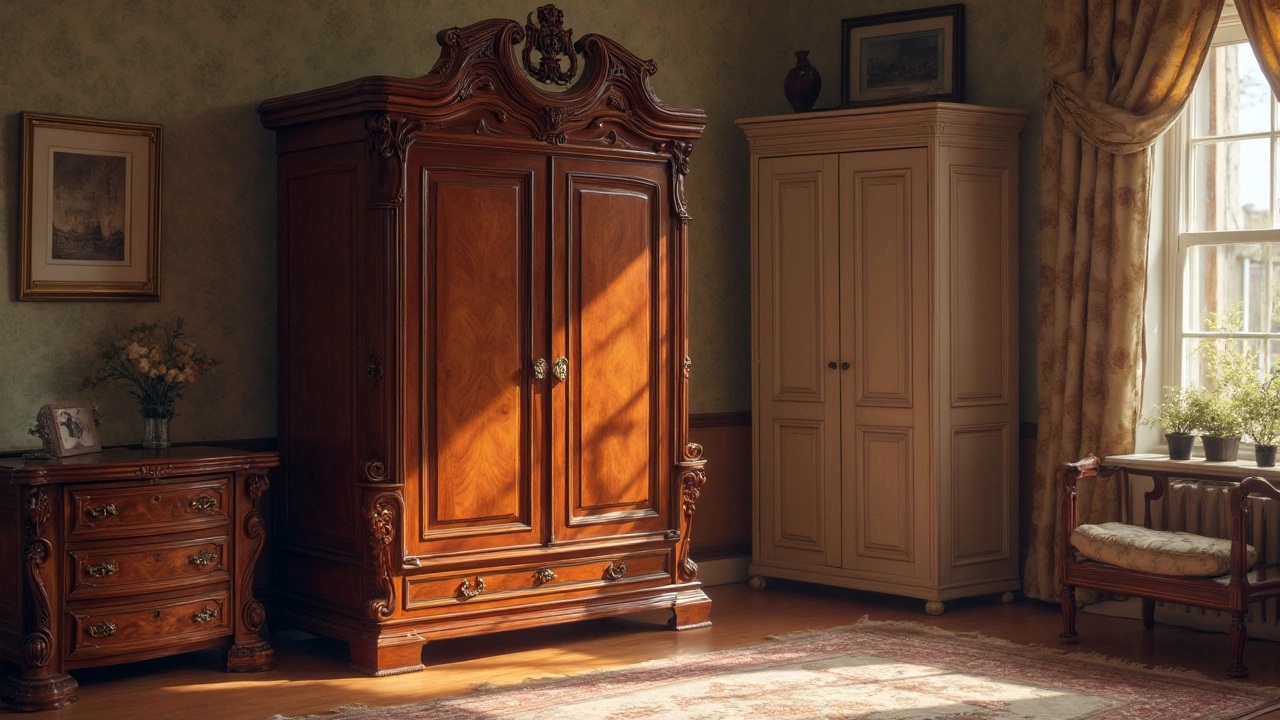
What's the American English Word for Wardrobe?
In the world of furniture, wardrobe and closet might seem like the same thing, but there are subtle differences between the two, especially when comparing British and American English. This article explores the why's and how's of these terms, detailing their usage, origin, and any unique quirks. You'll learn the cultural and practical aspects that make these terms distinct yet comparable. Get ready to decode the mystery behind what Americans call wardrobes and why.
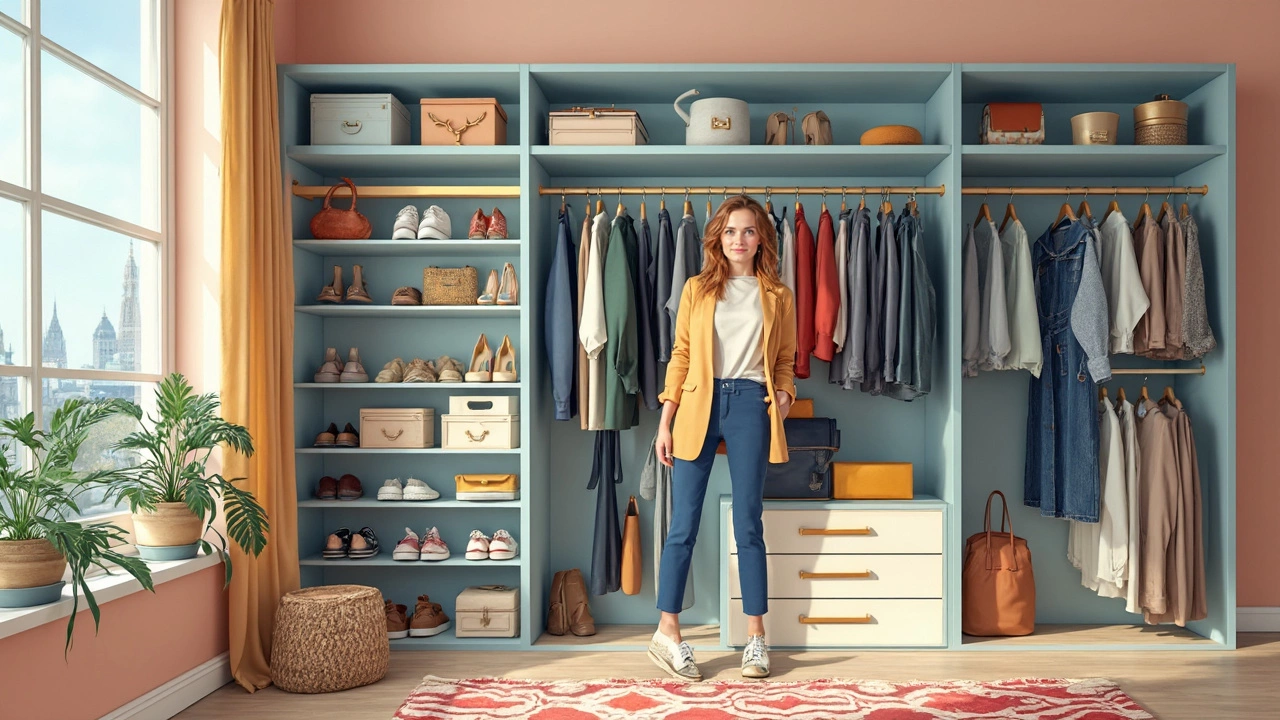
Discover How the 50 30 20 Rule Elevates Your Wardrobe Game
Explore the 50 30 20 rule as a unique approach to managing your wardrobe and budget like a pro. This guide breaks down how you can allocate funds wisely for essential, lifestyle, and statement pieces, ensuring your closet never falls short. Learn creative tips to keep your wardrobe fresh without overspending and find out how this simple rule can make a big impact on your style choices.
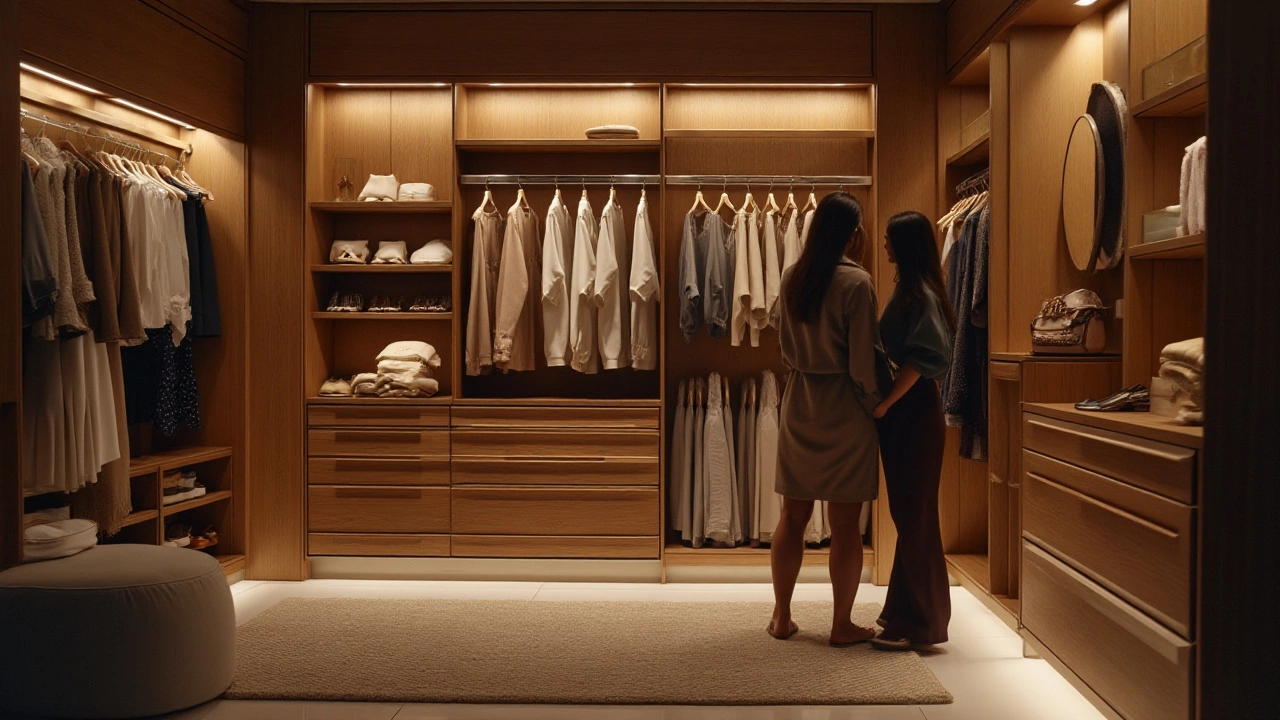
Exploring American Terminology: The Walk-In Wardrobe vs. Closet Conundrum
Discover the American term for a walk-in wardrobe and explore why this terminology varies across cultures. This article dives into the unique features and cultural distinctions of wardrobes in the U.S., offering insights and practical tips for anyone interested in home design. Whether you’re redesigning your living space or simply curious, this read will broaden your understanding of wardrobe linguistics. Learn about the evolution of the wardrobe concept and how it is perceived in modern American homes.
